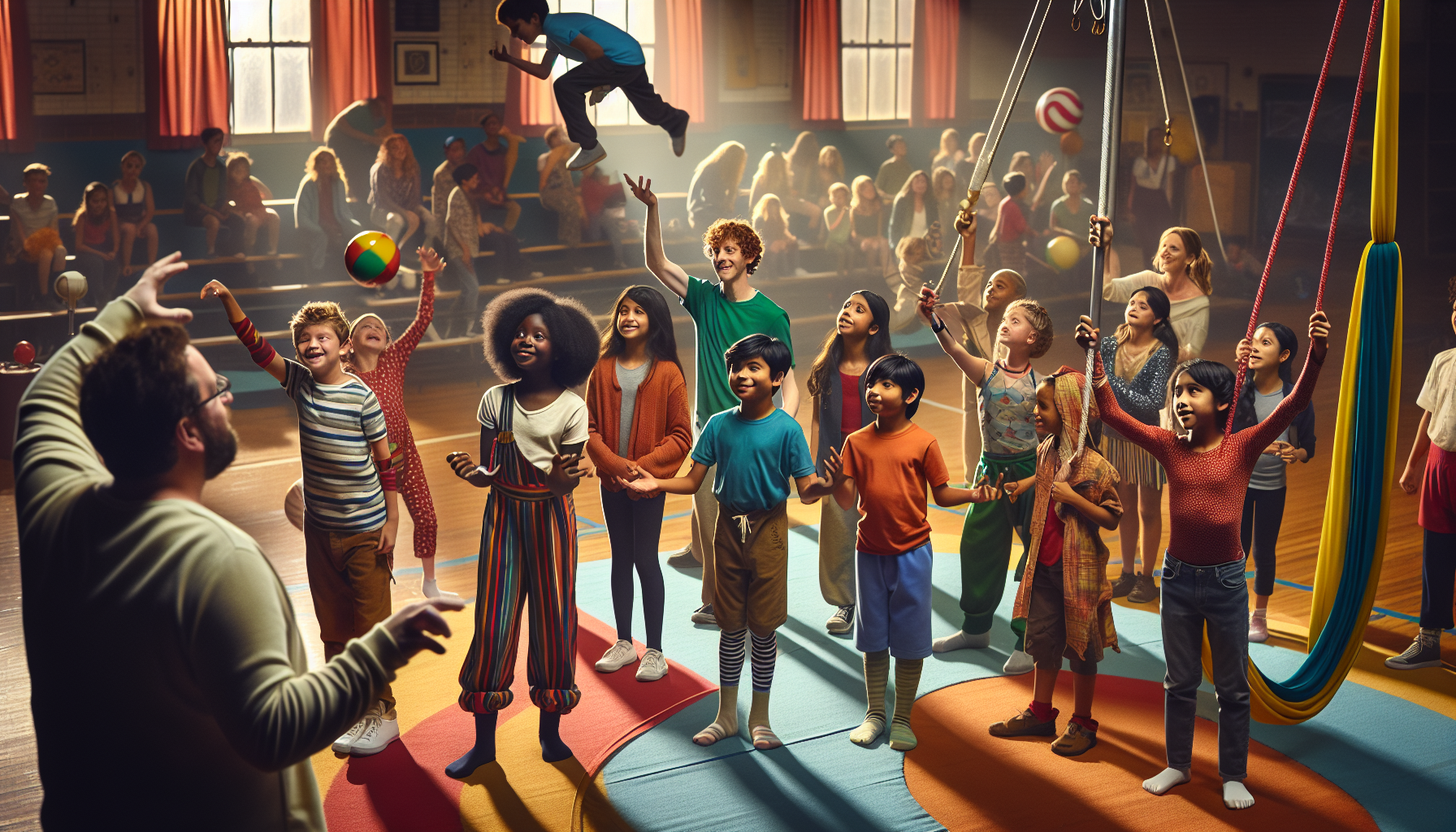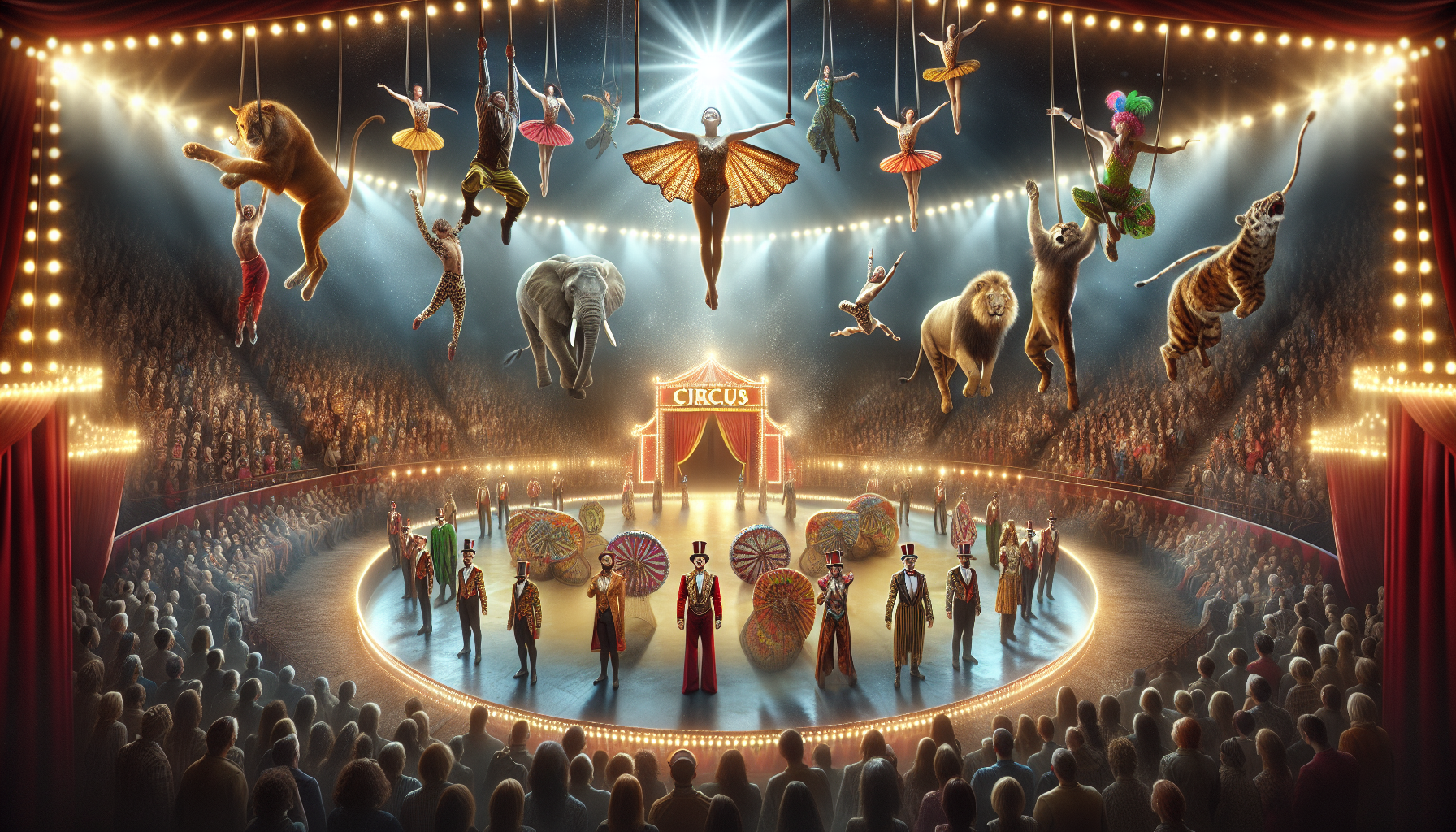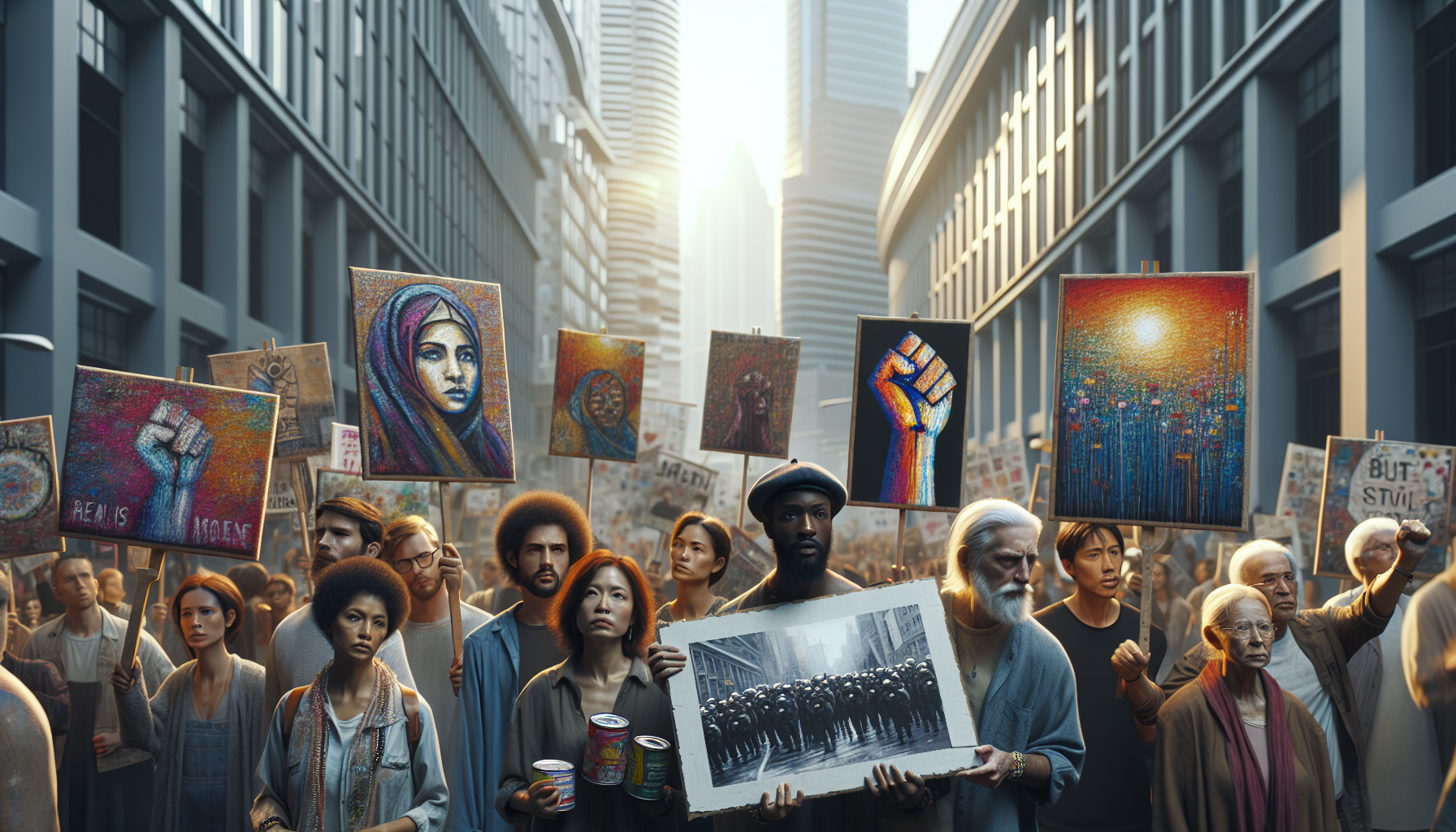Step right up and enter the mesmerizing world of the extraordinary freak show, where reality and wonder intertwine. This captivating exploration delves into the lives of unique individuals whose rare deformities have transformed them into fascinating characters. These performers, each with their own incredible stories, challenge societal norms and inspire curiosity with their unmatched resilience and individuality.
Throughout history, freak shows have been both celebrated and criticized, yet they remain an enduring spectacle that sparks intrigue. This exploration provides an in-depth look into the lives of these extraordinary people, offering insights into their personal journeys and the societal impact of their performances. From the “Bearded Lady” to the “Human Skeleton,” each figure possesses a narrative that transcends mere appearance, inviting a deeper understanding of human diversity and acceptance.
The journey into this world is not just about observing the unusual but also about celebrating the strength and spirit of those who dared to be different. This captivating narrative invites readers to reflect on the notions of normalcy and beauty, offering a unique perspective on what it truly means to stand out in a world that often demands conformity. Step right up and prepare to be amazed by stories that are as compelling as they are inspirational. 🎪✨
The Enigmatic Allure of the Freak Show
The world of the freak show is a fascinating realm that brings to light the extraordinary, the unusual, and the often misunderstood. These shows, which gained popularity in the 19th and early 20th centuries, were venues where individuals with unique deformities and exceptional physical features were showcased. Despite the controversy and ethical questions they raise today, they played a significant role in shaping societal perceptions of difference and diversity.
People flocked to these shows not only for entertainment but also out of sheer curiosity. The allure was in the extraordinary stories and talents of the performers, who were often seen as both spectacles and celebrities. The freak show challenged societal norms and provided a space where those who were different could thrive, albeit under the spotlight of public scrutiny.
Unique Deformities and Extraordinary Characters
Freak shows were a gallery of human variety, showcasing individuals with conditions that were rare and often misunderstood at the time. Performers with dwarfism, gigantism, conjoined twins, and those with skin disorders or missing limbs were among the many who graced the stage. Each performer brought their own story, creating a rich tapestry of human experience.
One such performer was Joseph Merrick, known as the Elephant Man, whose severe deformities captivated audiences. His story, marked by hardship and resilience, highlighted the complex interplay between exploitation and empathy in the freak show circuit. Similarly, the story of Chang and Eng Bunker, the original “Siamese Twins,” challenged perceptions of normalcy and highlighted the deep bonds of family and identity.
Life Beyond the Curtain
While the freak show stage was where performers earned their living, their lives extended far beyond the curtains. Many performers used their fame to advocate for themselves and others with similar conditions. They navigated a complex world where they were both celebrated and marginalized, often forming close-knit communities that provided support and understanding.
For some, life in the freak show offered opportunities that were otherwise unavailable. They traveled the world, met diverse audiences, and even enjoyed a degree of financial independence. However, this lifestyle also came with its own set of challenges, including exploitation by showmen and the constant pressure to remain novel and interesting to audiences.
Breaking Stereotypes and Building Empathy
In many ways, the freak show served as a precursor to modern conversations about diversity and acceptance. The stories of these extraordinary individuals challenged stereotypes and inspired empathy, paving the way for more inclusive narratives about disability and difference.
Performers like Schlitzie, a microcephalic man who became a beloved figure, and Annie Jones, the Bearded Lady, used their platforms to educate the public about their conditions. Their presence on stage forced audiences to confront their preconceptions and broaden their understanding of human diversity.
The Ethical Debate Surrounding Freak Shows
The ethical implications of freak shows have long been a topic of debate. While they provided a livelihood for many individuals who would have otherwise been marginalized, they also raised questions about exploitation and consent. The power dynamics between performers and promoters were often skewed, with showmen holding significant control over the lives and careers of the performers.
Critics argue that freak shows commodified human difference, turning unique individuals into objects of spectacle. However, others assert that performers exercised agency in their participation, using the platform to gain visibility and autonomy. This duality continues to spark discussion about the ethical treatment of individuals with unique conditions and the balance between entertainment and exploitation.
Legacy of the Freak Show in Modern Culture
The legacy of the freak show is evident in modern culture, influencing everything from film and literature to discussions about diversity and representation. Works like “American Horror Story: Freak Show” and films about Joseph Merrick have brought the stories of these performers to new generations, highlighting both the allure and the ethical dilemmas of the freak show tradition.
The enduring fascination with the unusual reflects a deep-seated human curiosity about difference. Yet, it also calls for a critical examination of how we engage with those who are different from us. The freak show, with its complex history, serves as a reminder of the importance of empathy, respect, and understanding in our interactions with others.
Freak Shows Around the World
Freak shows were not confined to a single region but were a global phenomenon, with unique variations in different cultures. In the United States, P.T. Barnum was a prominent figure who popularized the concept, creating grand spectacles that drew massive crowds. In Europe, similar shows thrived, each with its own distinct flavor and roster of performers.
Across Asia and Africa, freak shows took on different forms, often intertwined with traditional performances and local folklore. These shows reflected the cultural values and taboos of the societies in which they operated, providing insight into how different cultures perceived physical anomalies and diversity.
Modern Day Reflections on the Freak Show
Today, the concept of the freak show is viewed through a critical lens, as society becomes more aware of the rights and dignity of individuals with unique conditions. Modern audiences are increasingly interested in the personal stories of these performers, focusing on their humanity rather than just their physical differences.
Contemporary media and advocacy groups have worked to shift the narrative from spectacle to acceptance, emphasizing the importance of inclusivity and diversity. As society evolves, the lessons of the freak show continue to resonate, reminding us of the complexities of human experience and the need for compassion and understanding.
- Joseph Merrick – The Elephant Man
- Chang and Eng Bunker – The Siamese Twins
- Annie Jones – The Bearded Lady
- Schlitzie – The Microcephalic Man
| Performer | Condition | Legacy |
|---|---|---|
| Joseph Merrick | Severe deformities | Subject of plays and films |
| Chang and Eng Bunker | Conjoined twins | Challenged norms of identity |
| Annie Jones | Bearded Lady | Advocate for performers |
| Schlitzie | Microcephaly | Symbol of acceptance |
Toni Santos is a visual storyteller and archival artisan whose creative journey is steeped in the bold colors, dramatic typography, and mythic imagery of old circus posters. Through his artistic lens, Toni breathes new life into these once-lurid canvases of wonder, transforming them into tributes to a golden era of spectacle, showmanship, and cultural fantasy.
Fascinated by the visual language of vintage circuses — from roaring lions to gravity-defying acrobats, from hand-painted banners to gothic typefaces — Toni explores how these posters once captured the imagination of entire towns with nothing more than ink, illusion, and a promise of awe. Each composition he creates or studies is a dialogue with history, nostalgia, and the raw aesthetics of entertainment on the move.
With a background in handcrafted design and visual heritage, Toni blends artistic sensitivity with historical insight. His work traces the forgotten typographies, chromatic choices, and symbolic flair that defined circus marketing in the 19th and early 20th centuries — a time when posters were not just advertisements, but portable portals to dreamworlds.
As the creative force behind Vizovex, Toni curates collections, illustrations, and thoughtful narratives that reconnect modern audiences with the magic of old circus art — not just as ephemera, but as cultural memory etched in paper and pigment.
His work is a tribute to:
The flamboyant storytelling of early circus posters
The lost art of hand-lettered show promotion
The timeless charm of visual fantasy in public space
Whether you’re a vintage print enthusiast, a circus history lover, or a designer inspired by antique aesthetics, Toni invites you into a world where tigers leap through fire, strongmen pose in perfect symmetry, and every corner of the poster whispers: Step right up.





